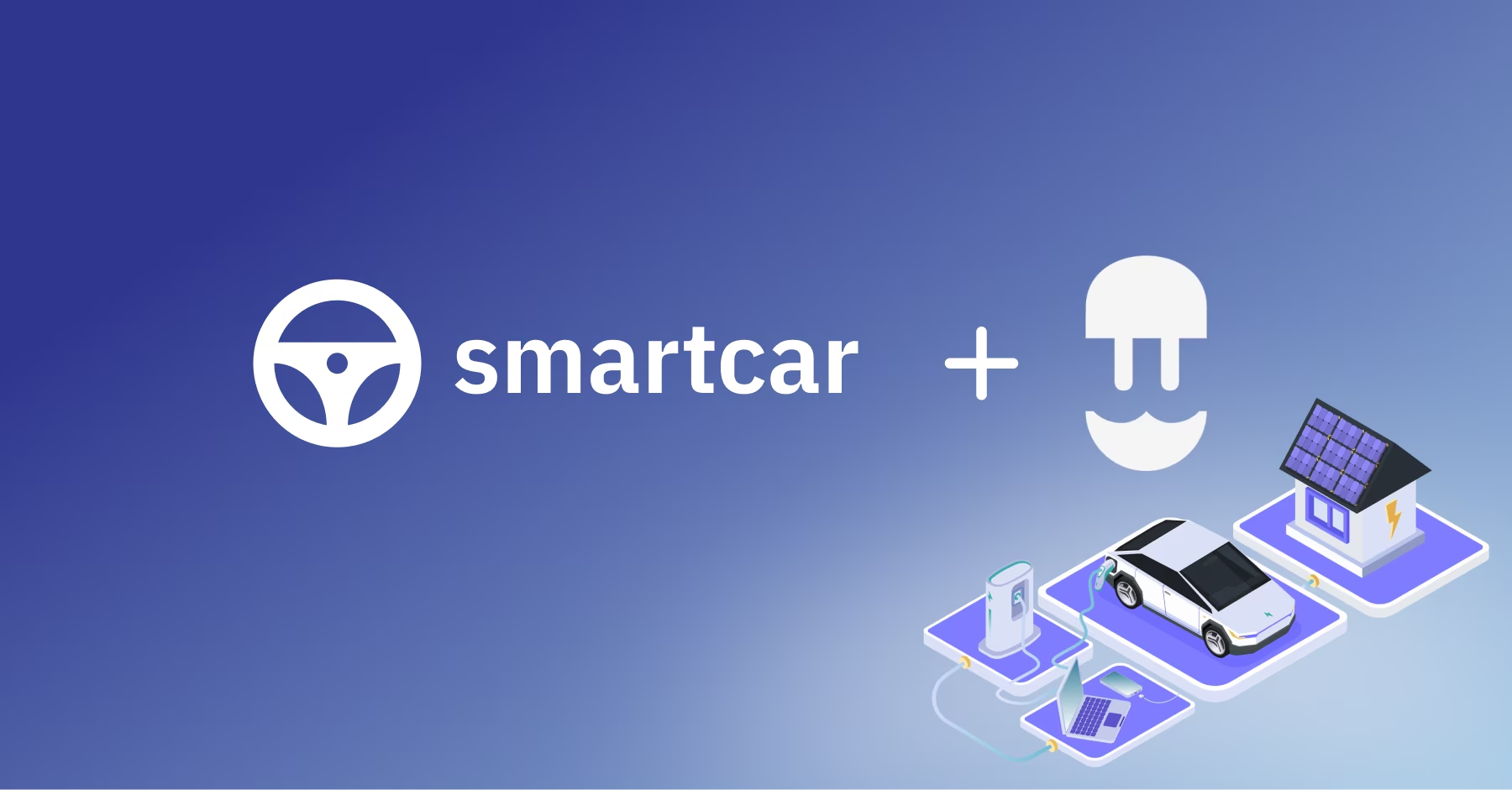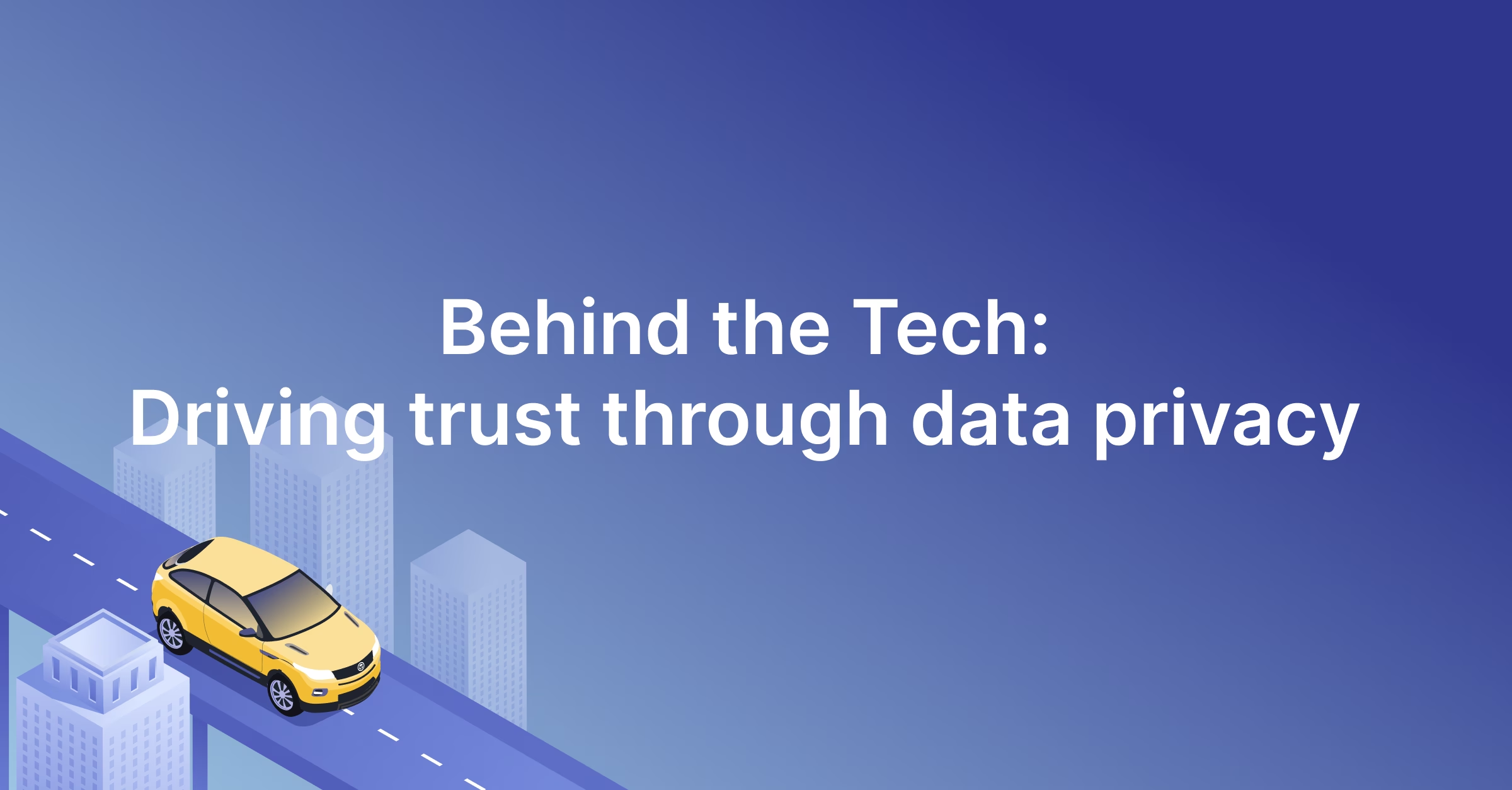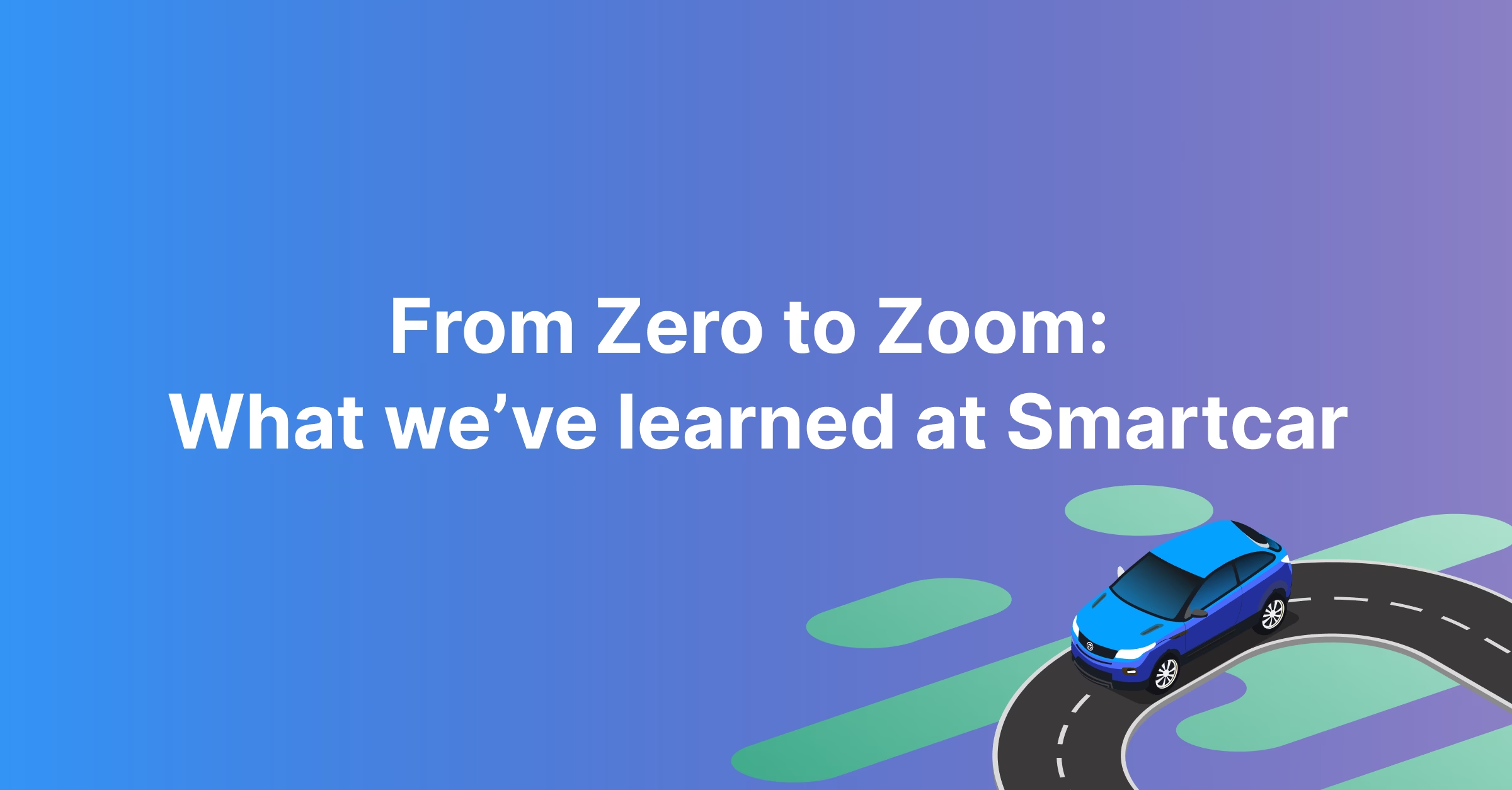There’s a common misconception that anything to do with connected cars has a ‘luxury’ label. The assumption is that connectivity is expensive and less accessible — whether it's the vehicles' cost, a connected services subscription, or connected applications.
But here’s the thing: connectivity is normal now.
In fact, it’s table stakes in many industries. Case in point: the necessity of interoperability in the finance and healthcare sector.
If your car was manufactured after 2015, it was most likely shipped with built-in internet connectivity. If you drive an EV, your car is definitely connected.
By 2030, 96% of all new vehicles worldwide are expected to be shipped as connected cars. Most automakers today are already actively investing in 5G technology, AI, and even partnerships with technology companies to make their vehicle services more attractive.
But it raises the question: Is connectivity too expensive?
The price barrier: Why drivers aren’t subscribing to vehicle connectivity
Cost is consistently brought up as a barrier to adopting vehicle technology.
When we asked drivers what would entice them to try a connected car app? Lower costs.
When we asked drivers about their biggest barrier to using vehicle connectivity? Cost.
When we asked drivers why they weren’t subscribed to their automaker’s connected services? Again, cost was a top reason.

The pushback on cost is telling. Yes, it’s an important reminder to the automotive industry that the success of connected car technology requires more cost-effective options. Many automakers address this by offering years-long free trials or completely free access to basic connected services features.
But two other big factors contribute to the perception that connectivity is unaffordable:
- Awareness: In our survey, we learned that the bigget reason why drivers don’t use connected services is that they weren’t aware of the subscriptions that were available for them.
- Value: Drivers don’t see the value in the features offered by a connected services subscription and can’t justify paying for something they might not use.
This disconnect highlights a need for better communication and education regarding what is available and at what cost.
What vehicle connectivity features are available to drivers today?
At its most basic level, connected services subscriptions give drivers access to essential on-demand, safety, and convenience features. This includes (but is not limited to):
- Remote lock & unlock (lock and unlock vehicles via an automaker’s mobile app)
- Vehicle status monitoring (check fuel levels, battery charge, tire pressure, and other diagnostics from an automaker’s mobile app)
- Emergency assistance (automatic crash detection and connects drivers to emergency services such as roadside assistance and direct SOS calls)
- Location service (find cars in crowded parking lots, track cars in case of theft, or get real-time navigation or traffic updates based on their location)
- Entertainment (in-car access to music, podcasts, video streaming, and internet browsing.
- Over-the-air software updates (automaker firmware updates sent directly to vehicles without requiring a dealership visit)
Connected services subscriptions are typically tiered. Basic features are included for free or in a prolonged trial period, while more premium features require a paid subscription. The pricing structure for these services varies across automakers, and the types of features included in each tier vary, too.
For example, Tesla’s premium features include traffic visualization and satellite-view maps while entertainment falls under BMW’s premium features. We have more comparisons of different brand packages in our blog about connected services.
How can vehicle connectivity give drivers more value?
But as our report indicates, the value provided by these features isn’t enough to justify the cost.
We did, however, uncover a trend that clearly describes the desire for connectivity despite the initial hesitation.
56% of our respondents have used third-party apps for essential tasks such as auto insurance, maintenance, and EV charging.
This indicates a clear comfort for vehicle connectivity but suggests that drivers are incentivized only if they see tangible value in using a solution to solve mobility problems. We also learned that the most pressing pain points for drivers — pressing enough to justify paying for vehicle connectivity — revolve around cost savings and convenience.
For instance, 43% of all our respondents find auto insurance and warranties the most valuable use case for vehicle connectivity. They believe that connected auto insurance can increase pricing transparency from insurers and streamline access to in-network repair shops.

Drivers are also particularly interested in vehicle connectivity features that offer direct financial benefits — such as EV charging rewards, usage-based insurance, and predictive maintenance that can prevent costly repairs.
Engaging with drivers who are already willing to pay
There’s an important subset of drivers that the automotive industry can lean into: those who already are subscribed to connected services.
We learned from our survey that subscribers have a very positive perception of vehicle connectivity and their automaker’s connected services subscription.
74% express satisfaction with the cost relative to the value received.
But there is room for improvement. 67% of these subscribers would be willing to pay more for additional features that they truly desire, indicating the potential to deliver the value that’s being sought after by consumers.
So, is vehicle connectivity worth the cost?
It all comes down to the value provided.
Drivers are not inclined to pay for features that they do not understand or see a need to use.
There is a significant opportunity for automakers and third-party apps to reduce the pushback on cost by:
- Expand service offerings through partnerships: Automakers and third-party developers can collaborate to deliver a wider range of connected services functionalities and applications, giving drivers more options to choose solutions that give them real value.
- Personalizing the driver experience: Develop tailored subscription plans and features that adapt to individual preferences and behaviors, increasing perceived value and reducing cost concerns.
- Educating and engaging drivers: Invest in communication tactics highlighting the tangible benefits of connected car innovations and clearly addressing a driver’s biggest pain points or priorities.
- Tackle data transparency head-on: Automakers and mobility businesses must build trust by clearly explaining data usage, providing easy opt-in/out options, and ensuring robust consent management to encourage adoption. Without trust, no value exchange can happen.






